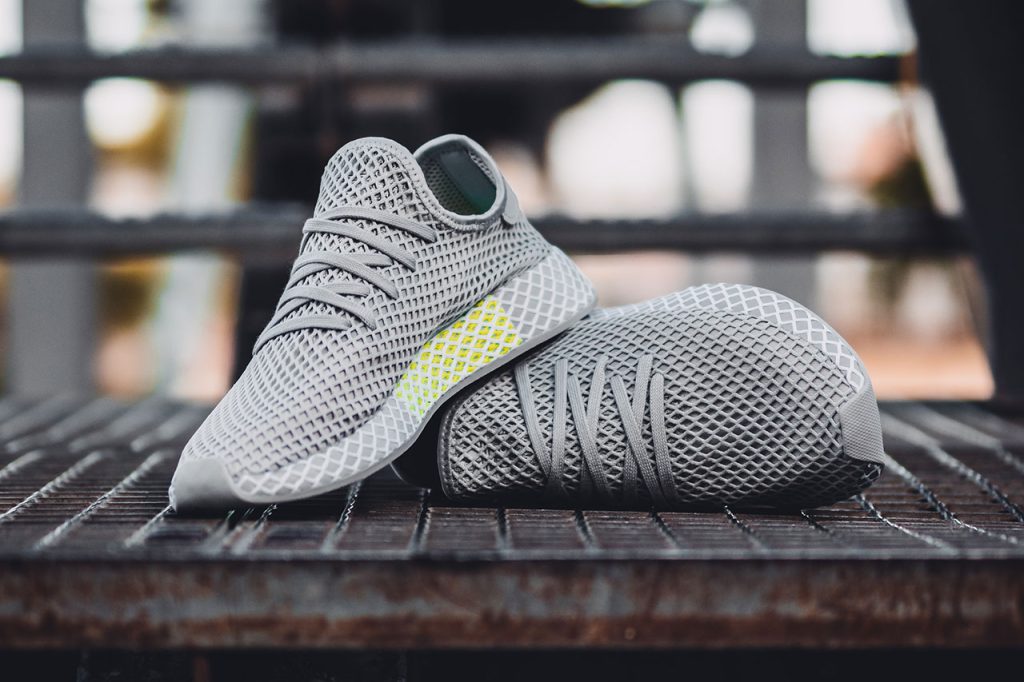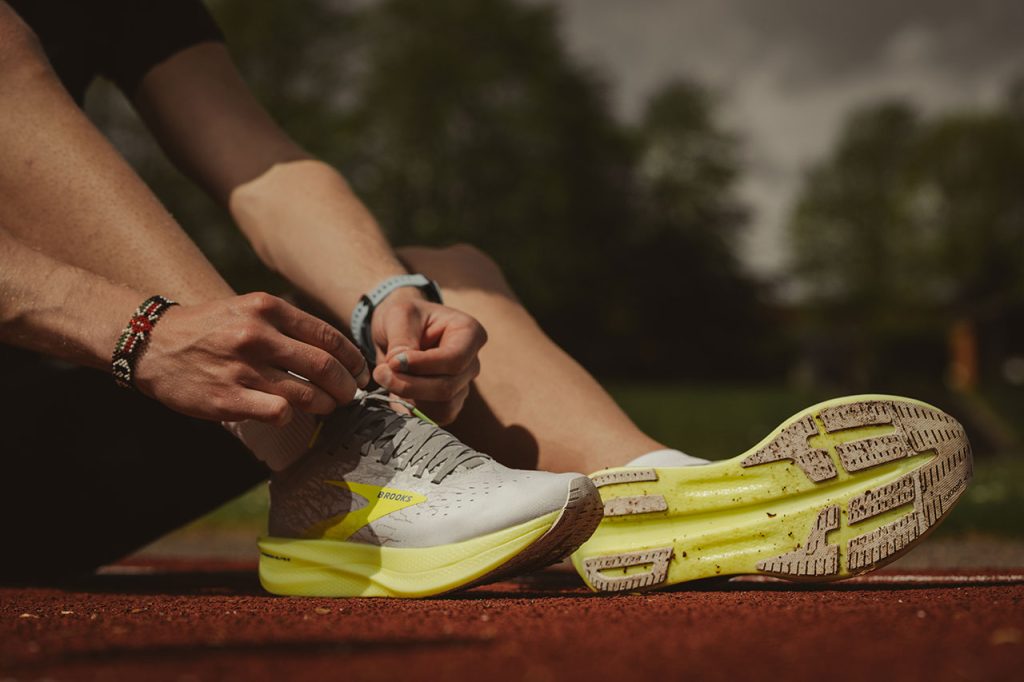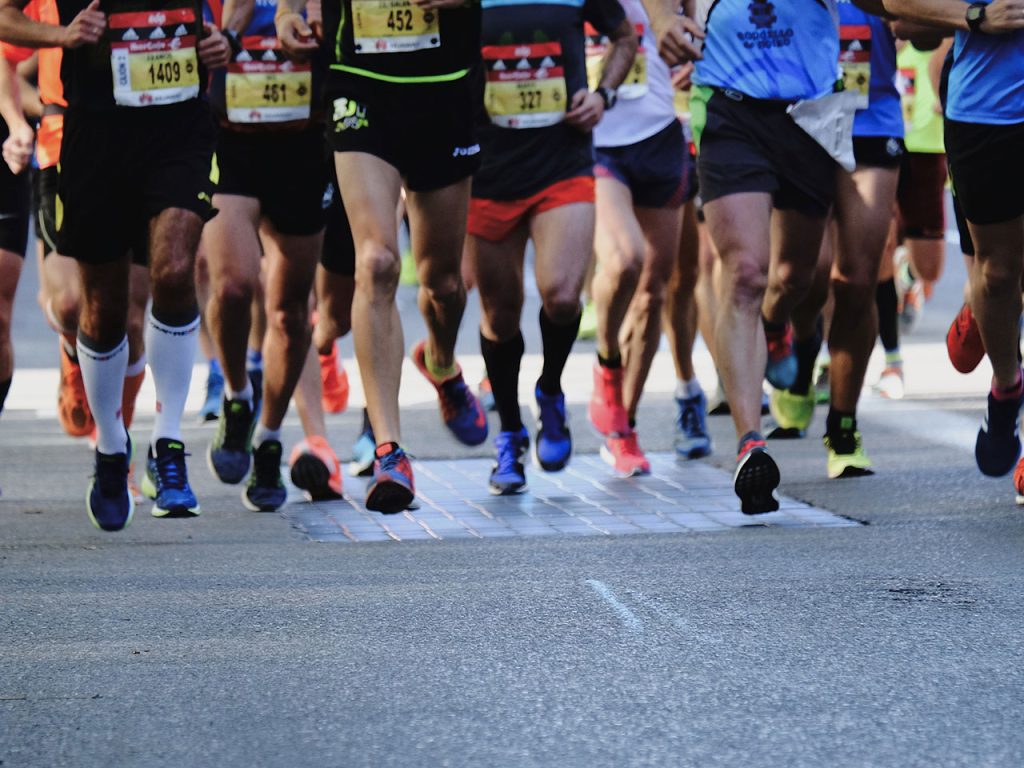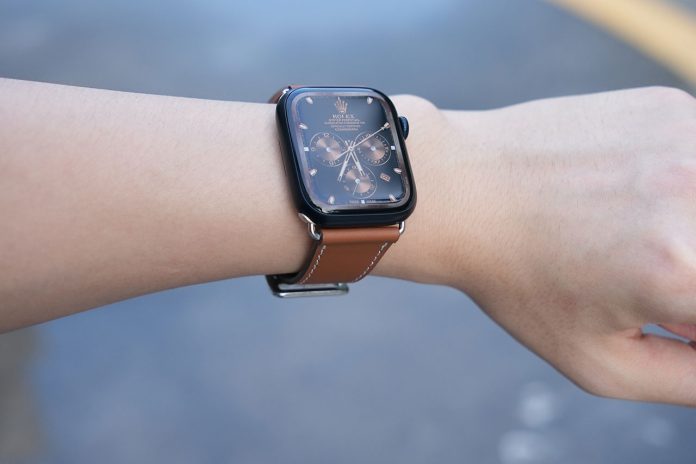With running’s popularity among men at an all-time high, properly fitted shoes are essential to performance and injury prevention. However, many male runners fail to put ample thought into choosing footwear appropriate for their individual biomechanics and training routines. So how to choose the best running shoes for men?
Table of Contents
You may also want to know: The Complete Guide to Start Running for Better Health
Get Professionally Fitted
Rather than simply selecting a style you like online, visit a specialty running store for professional gait analysis. Experts evaluate your foot strike, arch type, pronation, and mobility to match you with shoes offering the proper cushioning, motion control, and stability.
This prevents discomfort or foot problems down the road. Provide info on your weekly training mileage and any lingering pains in selecting shoes tailored to your needs. Consider getting refitted every year as your feet change.
Determine Your Foot Arch Type
Most men have neutral arches, needing moderate stability and cushioning. High arches require well-cushioned shoes to absorb impact. Flat feet do best with shoes controlling excess inward foot rolling upon landing.
If you overpronate or underpronate severely, look for shoes built specifically to correct that. Those with very rigid, supinated feet need extra cushioning under the heel. Analyze wear patterns on old shoes to gauge needed support.
Consider Training Surfaces
Will you be logging most miles on pavement, treadmills, trails, or tracks? Road and treadmill runners need more shock absorption and flexibility. Rugged trail shoes have aggressive outsoles and pronounced lugs for gripping unpredictable terrain. Track shoes are lightweight to maximize speed.
Hybrid shoes work well for men training on mixed surfaces. Rotate two pairs suited specifically for roads versus trails to optimize durability and performance. Matching footwear to running surfaces prevents rolled ankles, bruised feet, and slip-falls.

Prioritize Comfort and Fit
An uncomfortable shoe interrupts focus, causes distractions, and worsens performance. Test run shoes in-store to assess overall comfort and fit before buying. Feet should feel secure without pinching. Toes need wiggle room and should sit a half inch from the tip. The heel should not slip.
Consider sizing up a half or full size from your casual shoes to allow toe spreading and swelling when running long distances. Try shoes on mid-day when feet are widest. The shoe’s shape should follow your foot’s natural contours without constricting.
Analyze Cushioning Needs
Heavier male runners or those with insufficient arches require well-cushioned shoes to soften the impact. Lighter neutral runners can wear lighter performance shoes with moderate cushioning. Maximalist shoes deliver supreme cushioning for high impact.
Examine the heel-to-toe drop, which indicates how much thicker the heel pad is than the forefoot. Most runners do best with 8-12mm heel-to-toe drop. Bigger drops assist heel strikers. Focus cushioning where you land most.
Evaluate Pronation Control Features
Excess inward foot rolling from overpronation makes knees and ankles vulnerable. Rigid soles and stability features limit pronation. Underpronation also causes issues, needing flexible, well-cushioned shoes.
Look for angled wedges, medial or lateral posts, and torsional rigidity elements based on your pronation tendencies. Moderate pronators can wear neutral shoes with some guidance. Addressing pronation protects joints.

Consider Breathability Needs
Lack of airflow causes excess moisture and friction, potentially leading to blisters and hot spots. Look for mesh fabric uppers over hot, non-breathable materials. Some shoes incorporate ventilation ports in midsoles or removable insoles to increase airflow.
If sweaty feet are an issue, prioritize breathability. Synthetic leather or overlays provide structure while still allowing decent airflow into shoes. Make sure the toe box shape offers room for swelling. Breathability keeps feet cool and dry.
Weigh Shoe Lightness vs. Durability
The weight of a shoe impacts perceived exertion and fatigue over long distances. Lighter shoes also promote speed. However, the trade-off of minimalist shoes is durability and cushioning. Heavier trail shoes provide protection and stability on uneven terrain.
Aim for 9-11 ounce shoes offering a balance of responsiveness and padding. Rotate multiple pairs and replace shoes around 300-500 miles to maintain cushioning and prevent breakdown. Sturdy construction prevents rolled ankles when tired.
Invest in Performance Technology
Higher-end running shoes incorporate advanced technology to propel performance. Some feature embedded sensors tracking pace, cadence, and stride length. Others provide responsive propulsive foam that adapts to your gait. Consider plate technology for a snappy toe-off.
Seeking out shoes with contemporary innovations can provide an edge in energy return, impact absorption, and form coaching. Do your research to understand what brands offer leading technologies to enhance and analyze techniques. Don’t shy away from smart shoes.
Finding running shoes tailored specifically to men’s feet provides the foundation to rack up mileage comfortably. Consider foot type, pronation tendencies, preferred surfaces, fit, weight, breathability, and integrated technology when selecting shoes. Proper footwear prevents injury and liberates the joy of running without pain or limitations. Invest wisely based on your individual needs.

Related Links:
https://en.wikipedia.org/wiki/Running




